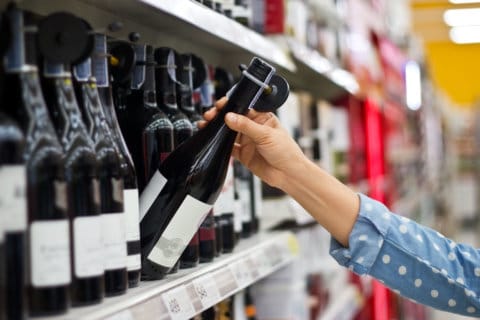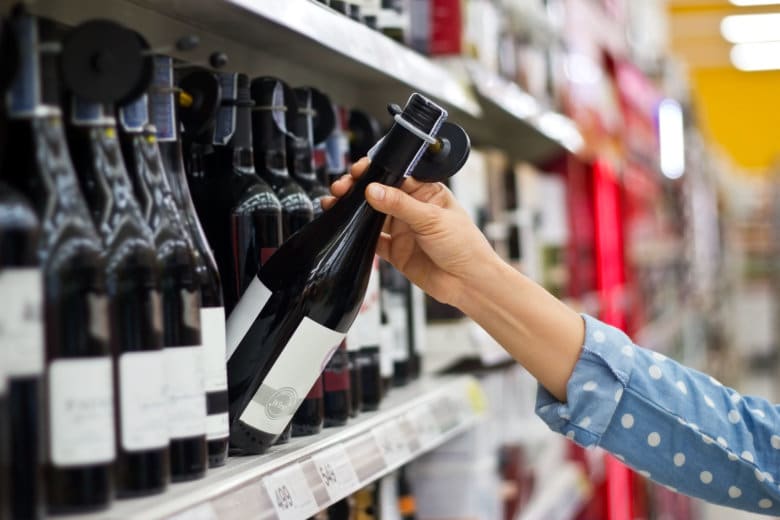
Of all wine regions in the world, I genuinely believe that the Burgundy region of France is the one place you actually have to visit in order to completely understand it.
While most other wine regions, such as Bordeaux in France, Rioja in Spain, and Napa Valley in California, are relatively easy to understand because the grapes are usually grown by the person making the wines, that’s not necessarily the case in Burgundy.
About the easiest thing to understand about Burgundy is that it has just two main grape varieties: chardonnay and pinot noir. But that’s where the easy part ends. Why? Because there are a number of people growing those aforementioned grapes in various appellations, which can have different classifications and can be produced by more than one winemaker. These various permutations add up to a staggering number of selections across a wide array of price points that can simply boggle the mind.
For example, in the commune of Pommard in Côte de Beaune, there may be 50 different entities growing wines in vineyards with specific names and classified in one of three different ways (Premiere Cru, Village Cru and Regional).
In addition, the wines might be produced by a négociant or by the grape-growers themselves. For example, it is possible to have one wine from Pommard classified as a Premier Cru produced by a négociant (someone who purchases grapes and then makes the wine) versus the next row down the slope — or Côte — which might be a wine classified as a “Village” wine and was made by the farmer who owns that particular row.
Row? Yes, row! In Burgundy, it is not uncommon to see an entire vineyard divided up among many different owners. This mishmash of ownership is courtesy of the French Revolution, after which all of the vineyards in Burgundy were taken from the church and distributed among the working class.
And thanks to French inheritance laws, entire vineyards have been divided up into smaller and smaller parcels, sometimes leaving subsequent generations with just a single row in a famous vineyard location.
As you can imagine, this system is not only inefficient when it comes to making wine, it is almost impossible to keep track from which producer to buy wine.
For example, the famous Grand Cru of Clos de Vougeot currently has over 75 independent growers on just 125 acres. Not a lot of elbow room. Enter the négociant, who can aggregate several growers and then produce a single wine from a vineyard. Or you can buy the wine made by the grower.
There are some Vineyards that are owned by one family or entity, called monopol vineyards — such as Clos de Tart and Romanee Conti — but they are few and far between in Burgundy. As you can imagine, the wine from these exclusive vineyards are of the highest quality and extremely expensive.
Nowadays, many of the family vineyards have mended their proverbial trellis and have combined their plots into larger parcels, where they can grow enough of their own grapes to make “Domaine” wines. These family-run operations, along with better grape-growing techniques and state-of-the-art winemaking equipment, are providing better wines on a more consistent basis. The result is a wider selection of well-priced Burgundian wines and happier, if not still a little confused, consumers.
Burgundy is located just over 130 miles southeast of Paris and is a region full of culture, history and rich soils.
Until the latter part of the 18th century, Burgundy was owned and ruled by the Dukes of Burgundy, descendants of the Scandinavian conquerors who spread their influence and control throughout the region for hundreds of years.
It is divided into two main sections: the Côte de Nuit, famous for making stunning pinot noir wines, in the northern half of the valley; and the Côte de Beaune, mostly known for rich chardonnay wines, in the southern end.
The entire region is referred to as the Côte d’Or and runs south from the city of Dijon for about 30 miles, with just a small vineyard sign to let you know when you have crossed from one Côte to the other.
So why even attempt to understand Burgundy? Because the region produces what many wine consumers consider to be the finest wines in the world. Of course, that is a matter of opinion, but it is a popular one. And who am I to argue with a full glass?
I spent 10 days exploring the Burgundy region, first as a vacationer aboard a luxury canal barge, and then as the guest of a former producer and friend who agreed to drive me and my wife around Burgundy while he explained the intricacies of the hillside vineyards located in this wonderful part of France.
The one thing I learned on this trip, is that I certainly know more than I did before I came to Burgundy, but I still know a lot less than I want to. Here are a few of my favorite red wines I stumbled upon in my journey through the Côte d’Or.
There probably isn’t a more reasonable way to stick your toe in the proverbial waters of Burgundy than with the 2016 Domaine Faiveley Bourgogne Rouge, which is a masterful blend of grapes sourced from vineyards spread throughout the terroirs of the Côte de Nuits and the Côte de Beaune. Made by one of the most famous négociants in Burgundy, this lovely pinot noir features a wonderful bouquet of strawberry, black plum and graphite. Concentrated flavors of ripe Rainier cherry, wild strawberry, spice and violets are in balance with the firm tannins and abundant acidity. A stunning wine for only $24.
Moving from a regional wine up the ladder to a Premiere Cru usually means dipping into your savings account. But the 2013 Maison Louis Jadot Volnay 1er Cru “Clos de la Barre” from the village of Volnay in the heart of the Côte de Beaune is a delicious relative bargain. It features fresh strawberry and cherry aromas on the pretty bouquet and silky flavors of red cherry, red currant and dried herbs on a delicate framework. The finish is balanced and lengthy with lovely notes of minerality. $50
At the top of the ladder are wines with the designation of Grand Cru, which can run from the reasonable to the absurd when it comes to price. But sometimes you can get lucky. For example, when a red wine hails from a Grand Cru vineyard known most notably for producing some of the world’s greatest white wines, the result is a remarkable value. Such is the case with the 2014 Domaine Maillard Corton Grand Cru Rouge from the Grand Cru vineyard of Corton located in the Côte de Beaune. This wine has a seductive bouquet of black raspberry, blackberry and a just a touch of black truffle that seeps out of the glass like an expensive perfume. The palate is smooth and balanced, featuring sweet notes of raspberry, cranberry and savory spices that just keep expanding in the mouth. It finishes with a crescendo of black currant and red plum jam as it makes its way toward the back of the tongue and sets up camp. Hold on to this wine for five or six years, if you can. $100








